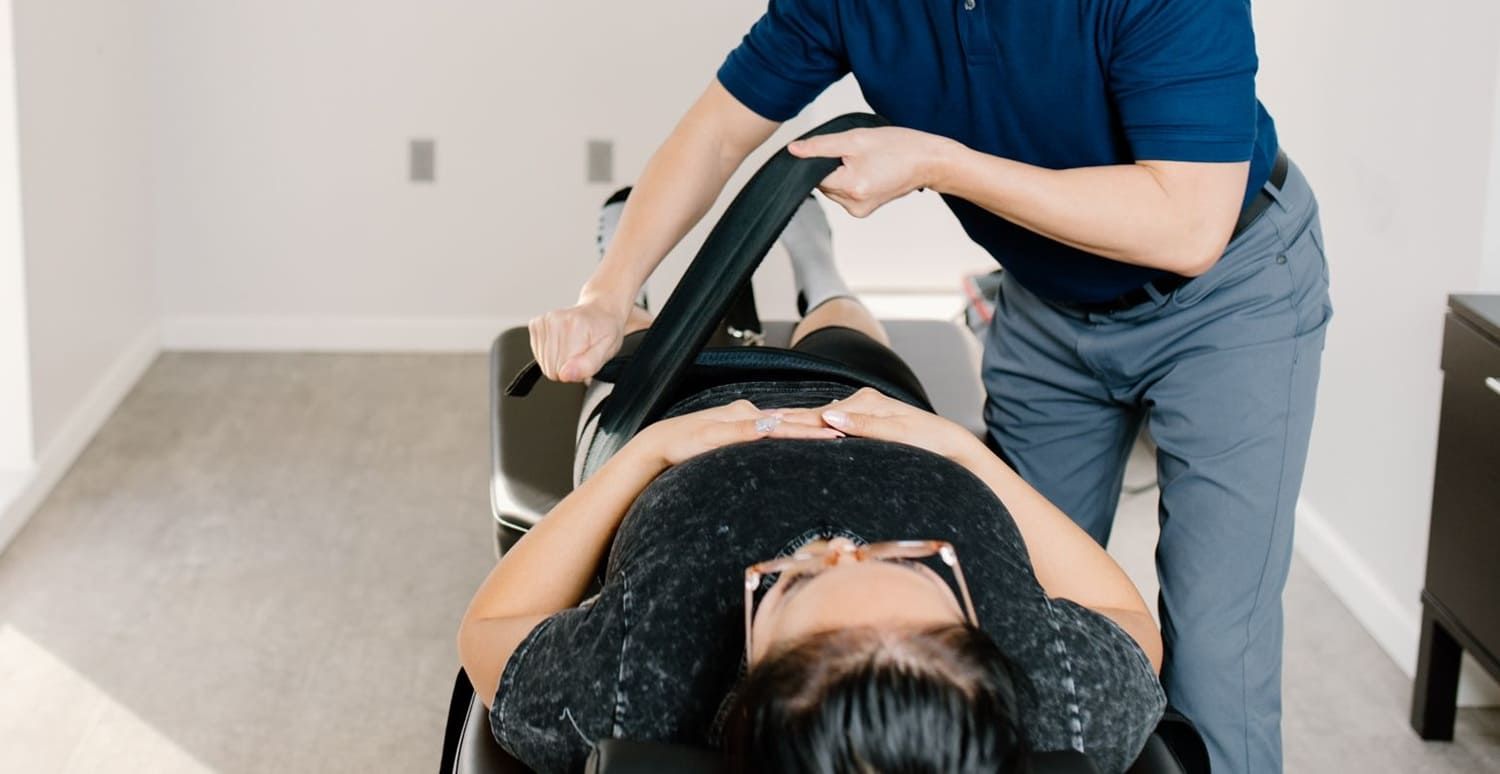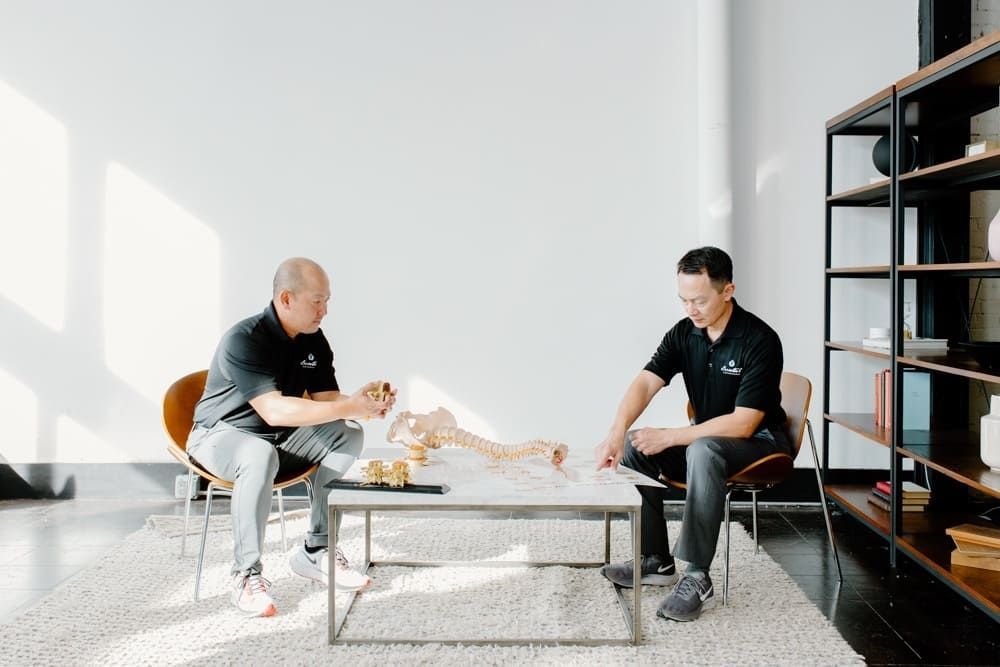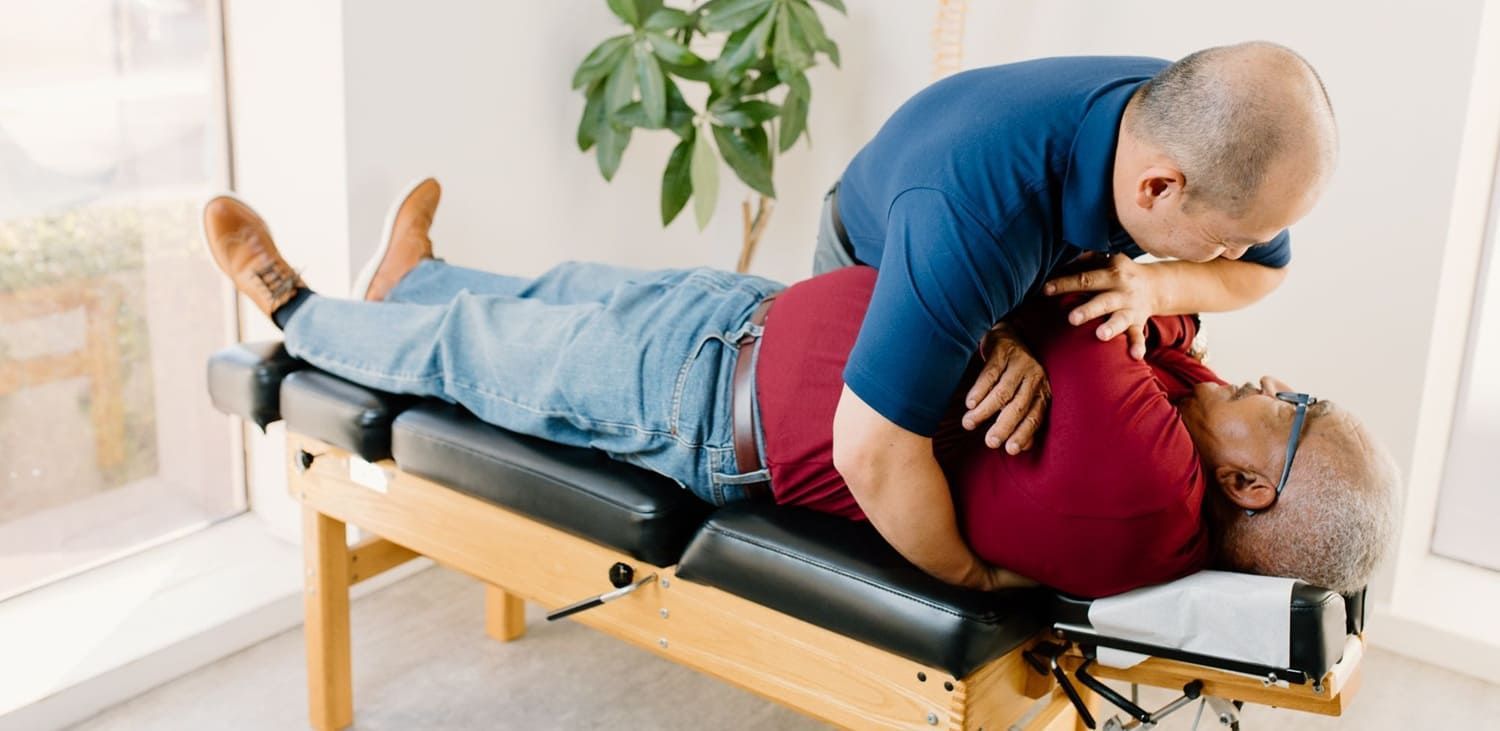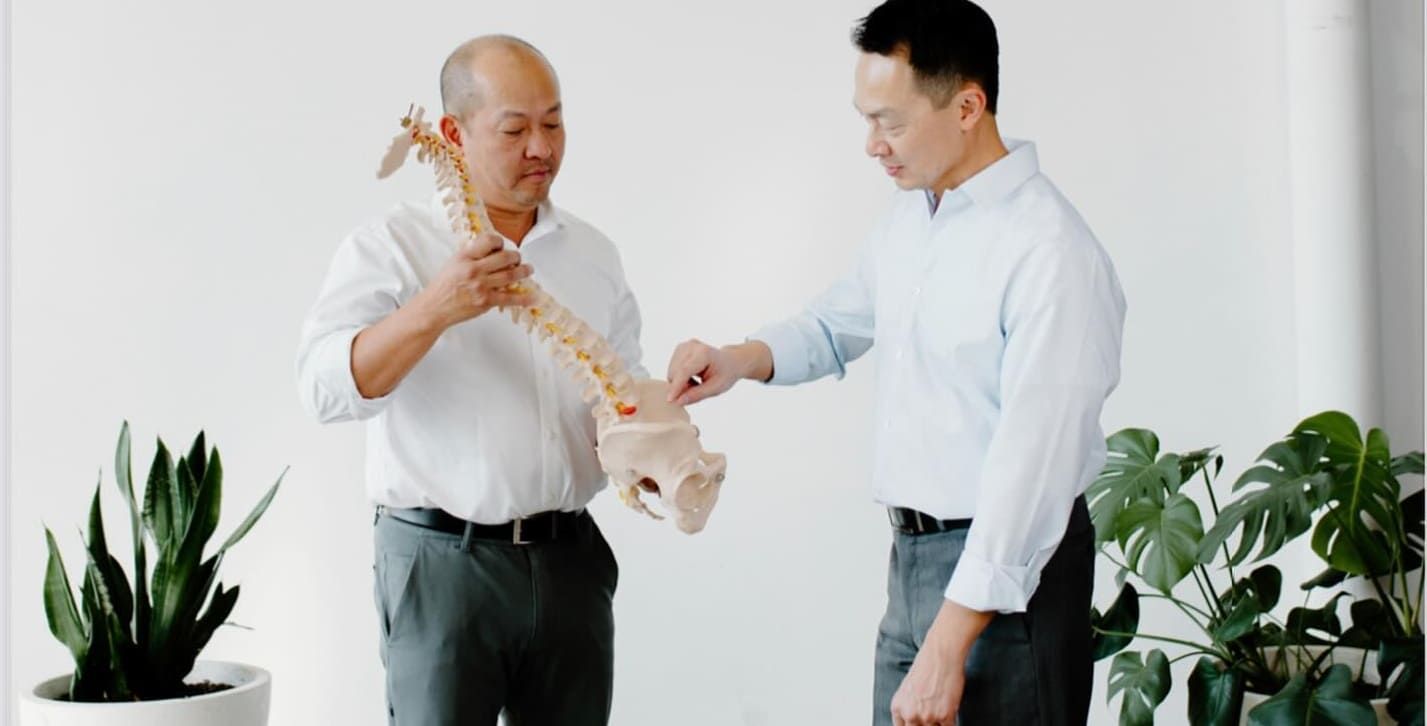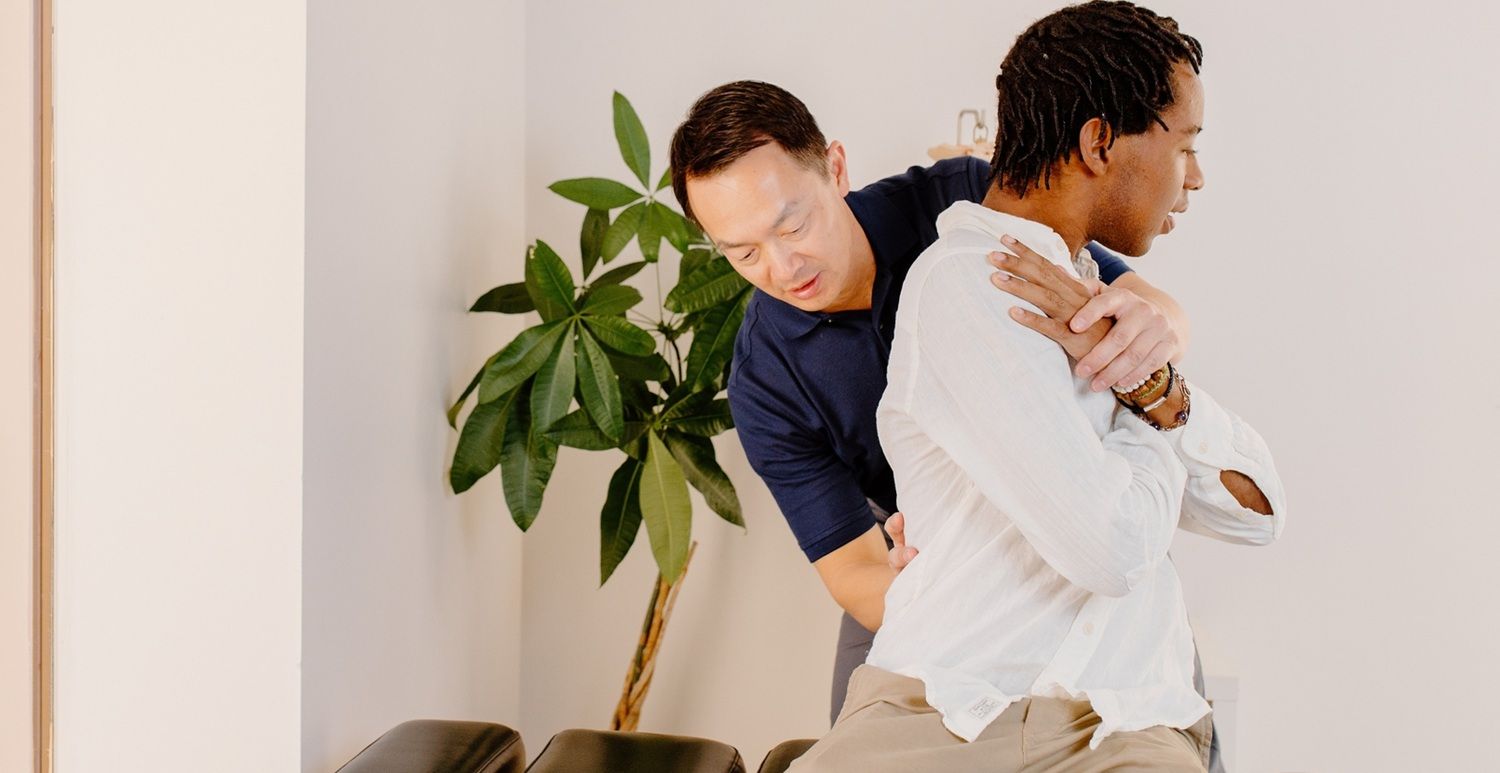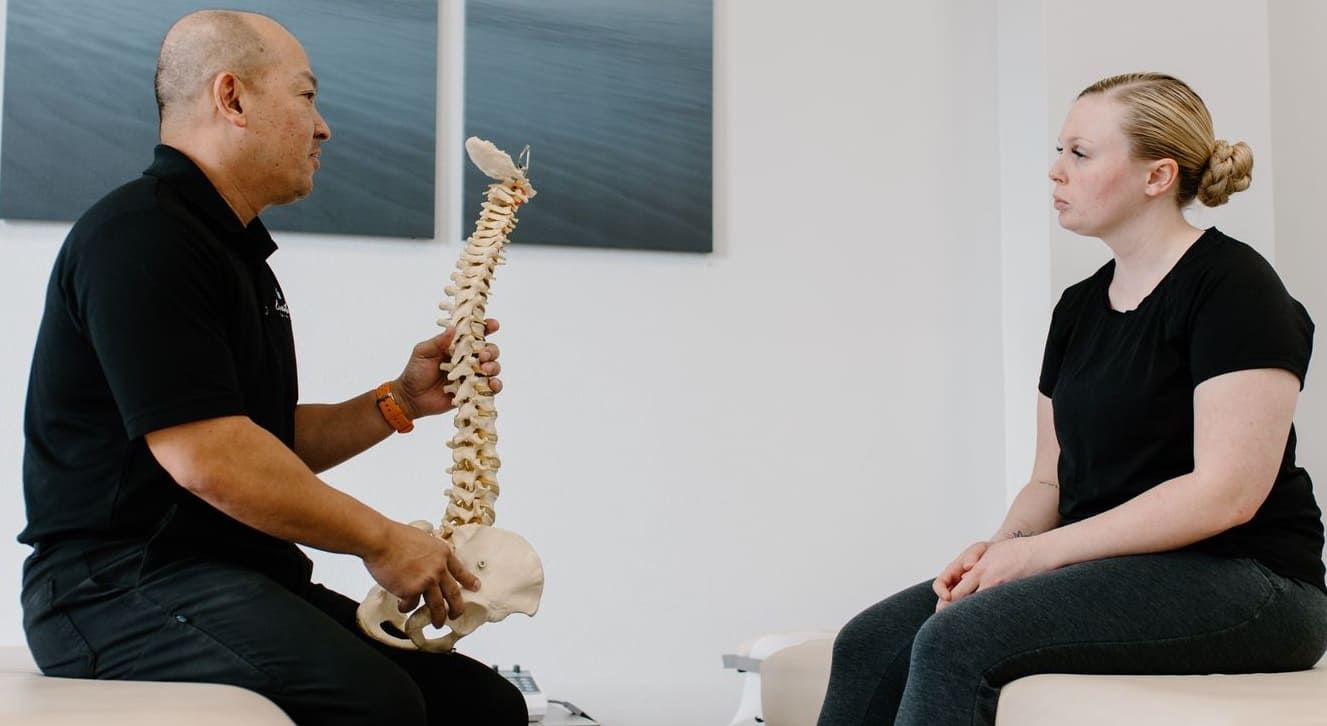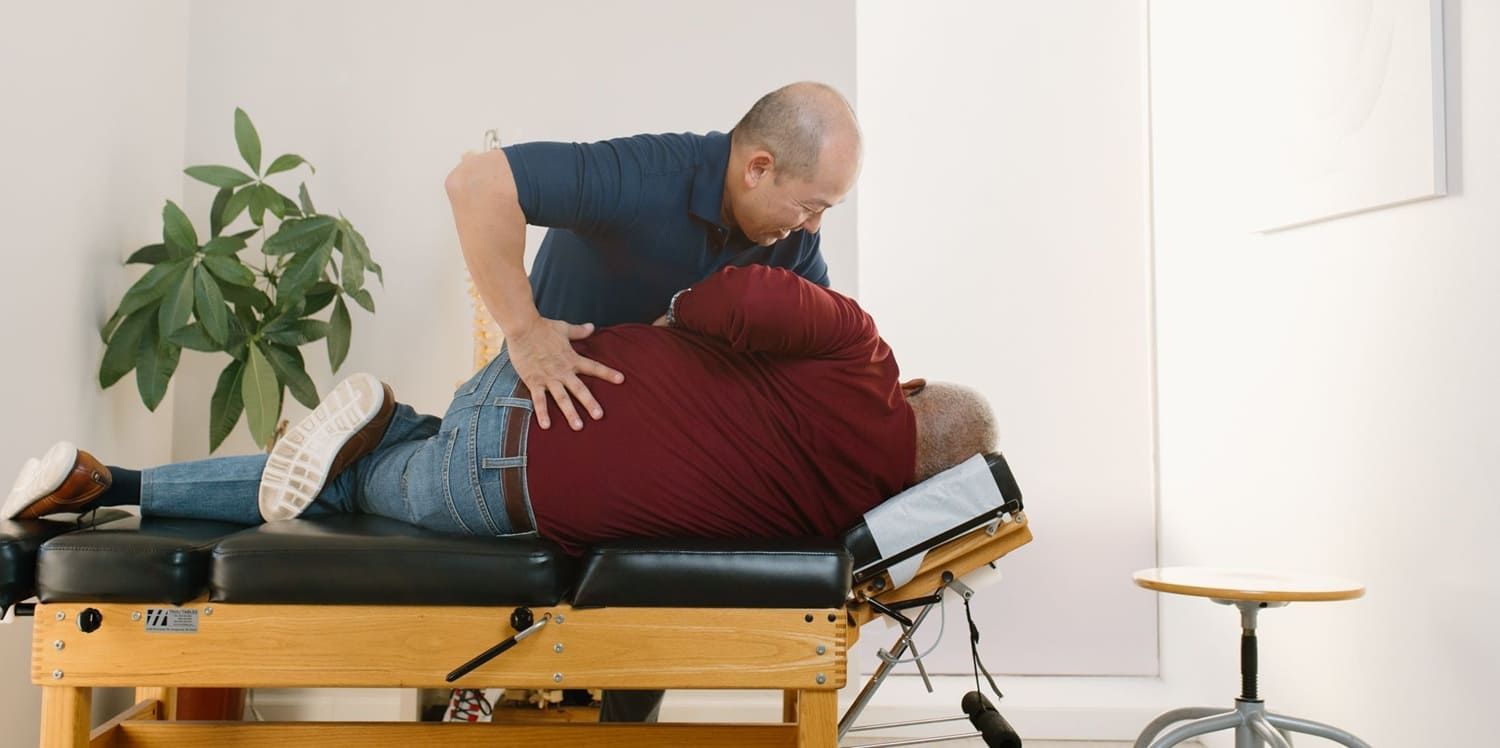4 Signs Your Post-Accident Soreness is More Serious Than You Think
A car accident can leave you feeling not only mentally shaken but physically shaken too. It’s very common to experience soreness after your car accident. Most of the time it’s nothing a little rest can’t heal, but that’s not the case for everyone. Sometimes soreness can be a sign of something else. We’re here to help you tell the difference. Here’s how you can identify your post-accident soreness as something more serious, so you can get the care you need.
1. It Gets Worse Instead of Better
2. Limited Mobility
Other common injuries associated with post-accident soreness and limited mobility are herniated discs, torn rotator cuffs, and other strains or sprains in the back. We recommend you contact your doctor if you’re experiencing back or shoulder pain as well so you can prevent further injury and start on the road to recovery.
3. Head Injury
4. Accompanied With Bruises on the Abdomen
Seat Belt Sign:
Seat Belt Syndrome:
When in Doubt, See a Doctor
After a car accident, it’s common to experience post-accident soreness whether it is mild or not. Whether it’s serious or not depends on you and your symptoms. Everyone is unique. Your age, physique, and the severity of your crash all determine how sore you can be. To know the severity of your injuries and when you should expect to heal, you should visit your medical provider. They will advise you on the best aftercare to get you back on your feet.
Treatment for your post-accident soreness may include:

